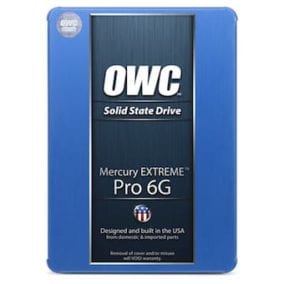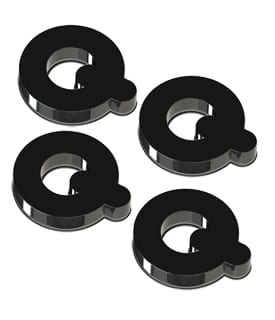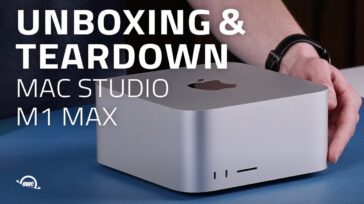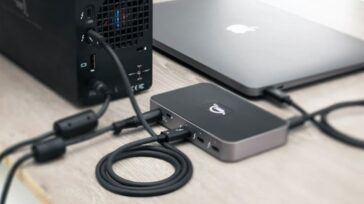 You’ve made the decision to invest in a home studio for video production. But where to begin? Once you’ve shot the footage, you’ll download it from your camera and begin the task of editing. What will your workstation look like and what will you need to ensure the delivery of the highest quality end product for the project at hand?
You’ve made the decision to invest in a home studio for video production. But where to begin? Once you’ve shot the footage, you’ll download it from your camera and begin the task of editing. What will your workstation look like and what will you need to ensure the delivery of the highest quality end product for the project at hand?
When selecting the hardware for your video production studio the first thing you should consider is the scope of your movie. Is it a short film, commercial, documentary, interview, reality show, or full feature film destined for the big screen? Where will the movie appear — on YouTube, Vimeo, TV, Netflix, or Blu-ray and DVD? The answers to these question will help to inform your decisions regarding the computer and external storage system you choose to purchase. The higher capacity and speed of your system, the higher quality video you will be able to process and edit. Pay close attention to what the highest format your workstation can handle in real time because that is what you will be limited to in the end.
Another factor to take into consideration is the format of the footage as it is in your camera. Is it HDV on mini DV tape, AVC-HD files on an internal HDD or flash drive, or H.264? If it is one of the aforementioned formats, these are referred to as “compressed”, which means the decompression of the file in order for it to be edited will use up a large amount of computing power. To avoid being bogged down by memory-intensive decompression sessions make sure that your HDD or SSD possesses plenty of storage capacity.
Planning on working on fully uncompressed 4:4:4 format footage in order to obtain optimal color tonality? Then you will definitely want to invest in a super fast SSD such as the OWC Mercury Electra 6G or the OWC Mercury EXTREME 6G SSD.
Newer high-definition formats can require up to 500GB per hour of video. If this is your file format of choice, a dedicated high capacity external drive such as the OWC ThunderBay 4, OWC ThunderBay 4 mini, or OWC ThunderBay 4 with RAID 5 is the way to go. Other fantastic external storage solutions are the OWC Mercury Elite Pro, OWC Mercury Elite Pro Dual, or OWC Mercury Elite Pro Dual with Thunderbolt. You should never use the computer’s internal drive for storage. Consider putting several drives in a RAID array or SCSI chain to protect against data loss, as well as speed up editing times.
The below list shows an approximation of how much drive space is required for each hour of digital video being stored, per format. You can also download the free app for iPhone or Mac called AJADataCalc for additional file formats and requirements.
| Format | Estimated GB per hour of footage |
| DV | 13 |
| HDV 720p | 11 |
| HDV 1080i | 13 |
| DVCPro HD | 60 |
| XDCAM EX | 20 |
| ProRes 422 1920×1080 | 66 |
| ProRes 422 HQ 1920×1080 | 100 |
| Cineform Low | 36 |
| Cineform High | 58 |
| 2K 10 bit RGB | 764 |
| 4K Quad HD | 535 |
To sum it up: The more storage the better! When starting out consider purchasing at least two terabytes of external storage to ensure a smooth start to your filmmaking career. It is also a good idea to maximize the memory of the computer itself. OWC offers a wide selection of memory upgrades for almost every Mac which are affordable and easy to install with the help of our step-by-step guides.
You may be working on a startup or student budget at the moment and attempting to keep your investment costs to a minimum. However, a larger investment in higher quality system will save you vast amounts of time, money and frustration in the long haul. Plus, you’ll be able to be up and running with the ability to achieve your goals faster and more efficiently. If you are planning for a larger-scale production unit down the line, an investment in the new OWC Thunderbolt 2 Dock will allow you the ability to effortlessly connected all of your HDMI, USB, and Firewire devices for a seamless workflow experience!








